A Brief History Of Toronto’s Transit
Toronto has a long and storied past, especially when it comes to our public transit system. Private companies initially owned the limited amount of lines, but this changed when the government saw the blossoming potential. Established in 1920, the Toronto Transportation Commission was established to oversee all public transportation within the city, eventually to be renamed the Toronto Transit Commission in 1954. Union Station being the first transportation hub, which was constructed in 1858.
The first mode of transit were single horse-drawn stagecoaches, beginning in 1849 by the private company Williams Omnibus Bus Lines. These carts could carry a maximum of 6 passengers, with lines solely relegated from between King to Yonge and the Village of Yorkville to the St. Lawrence Market. The cost per ride was sixpence. As the city began to boom in population, there was a growing need for more transit. The following year, they experienced phenomenal success so they expanded into larger buses, which were also horse-drawn. With the rise of the gasoline powered automobile and the newly instated TTC, buses began to become part of day-to-day city life. Stops were added throughout the city to deal with the rising demand.
The second mode of transit was the streetcar, they strictly remained on tracks and the design more closely resembled the vehicles we see today. Introduced in 1861, horse-drawn single compartment carts with painted route marquees became the biggest method of public transportation in the blossoming city. Within the next few years, they evolved into larger vehicles drawn by an additional horse. In 1892, the first electric streetcar was introduced along Church Street. This resulted in the complete disbandment of animal-drawn vehicles 2 years later.
In order to cut costs, dedicated trollybuses were introduced again in 1947, which lasted until 1993. They were buses that utilize cables for power, similar to a streetcar but not fixed to a track. They were initially attempted in in 1922, but implementation of electric cables throughout the city was too laborious so the initial project only lasted until 1925. A gasoline electric hybrid was introduced in 1923 for reliability, but that was abandoned entirely in 1926.
The first subway line (referred to then as the underground railway) was completed on March 30, 1954 after 5 years of construction. Originally it ran only from Union to Eglinton stations (also consisting of Davisville, Summerhill, St. Clair, Rosedale, College, Dundas, Queen and King terminals). Characterized by garish tiles and a routine sameness of design, they were an immediate hit with commuters. On February 28, 1963, an additional subway line was developed, the University line connected St. George Station to Union Station. Those stops went between North and South, and due to the rapidly increasing need a third line was developed that went between the East and West, which was the Bloor – Danforth line introduced in February 25, 1966. Throughout the years and to this day, stops are being continuously added.

